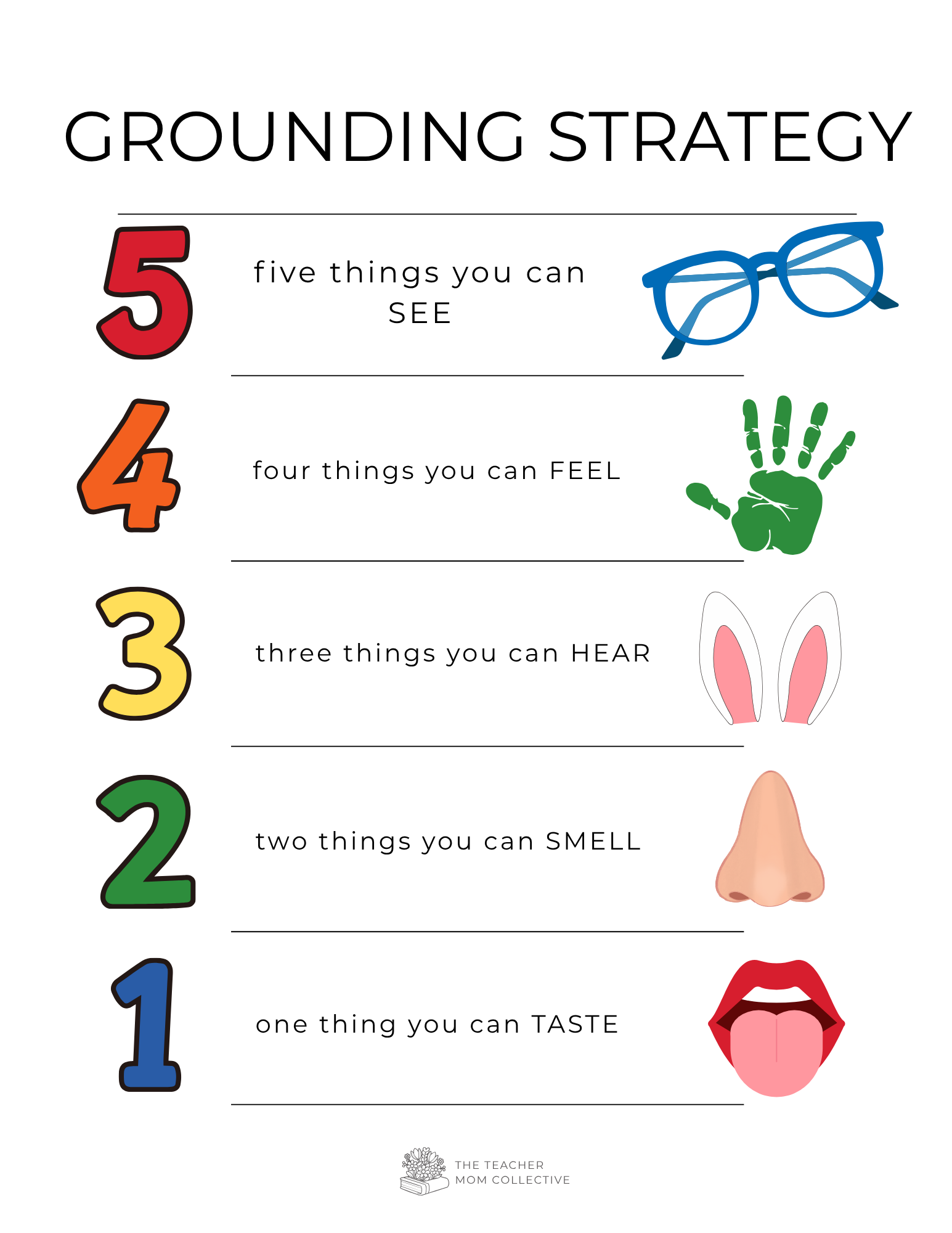Beyond Behavior Charts: The Power of Co-Regulation at School & Home
A teacher-mom’s guide for classrooms and living rooms
When we talk about emotional regulation and student behavior, we often jump straight to charts, token boards, or consequence systems. Those can have a place — but behind every strategy that truly works is something quieter, deeper, and more relational:
A regulated adult helping a developing child regulate.
That’s co-regulation.
Co-regulation happens when we lend our calm until a child can find their own. It’s not about managing a child’s emotions for them — it’s about guiding them through, showing them what calm looks and feels like in real time.
And while many resources explain what co-regulation is, we often forget something crucial:
Children thrive when their co-regulation tools and language feel consistent across the two worlds they spend most of their time — school and home.
When teachers and parents use similar words, visuals, and rhythms, kids learn that calm isn’t situational — it’s something they can access anywhere.
What Co-Regulation Looks Like
Co-regulation has three simple, powerful ingredients:
Warm, responsive connection
Predictable, safe environments
Modeling and coaching of calming strategies
It’s the adult’s tone, posture, and patience that make regulation possible.
For neurodivergent children or those with IEPs, these relational cues are essential — they build the foundation for long-term self-regulation and confidence.
Why Alignment Between School and Home Matters
When a child learns one coping tool at school and a totally different one at home, regulation feels like a moving target.
But when both spaces share similar visuals and approaches, the child’s brain connects the dots faster.
Here’s what that might look like:
A teacher uses Calm Together Cards during class transitions, and a parent keeps a set on a key ring in the car or calm-down basket at home.
Both adults reference the same breathing strategies — “Flower Breath,” “Candle Breath,” “Rainbow Breath” — with matching visuals, so the child doesn’t have to relearn the language of calm each time.
When big feelings hit, both home and classroom adults use the same 5-4-3-2-1 Grounding Strategy steps to help the child reconnect with the present moment.
The tools themselves aren’t magic — the consistency is.
Practical Co-Regulation Ideas for Educators
Open each day or lesson with a quick “regulation check-in” — use visuals from your Calm Together Cards or breathing posters.
Narrate your own calm: “My heart’s beating fast, so I’m going to do Rainbow Breath with you.”
Use calm-down corners as co-regulation spaces, not isolation zones — go there together, not as a punishment.
Keep your own “adult calm kit”: a reminder card, deep breaths between groups, a sip of coffee, a short stretch — because regulated teachers regulate students.
At Home: Building a Co-Regulation Routine
Keep a small set of Calm Together Cards in a “calm basket” or on a key ring for on-the-go use.
Try a grounding routine before tricky times like bedtime or homework: “Let’s notice 5 things we see, 4 we can touch…”
Hang a Breathing Strategies Poster in your child’s play space and use it preventatively, not just in meltdowns.
Narrate your own emotions: “I’m feeling a little overwhelmed — I’m going to take a Flower Breath with you.”
Practice calm when everyone is calm — it’s the best time to build the muscle.
A Real-Life Example
At home, one of my little ones has big feelings, especially during transitions or moments of frustration — like when playtime ends or a favorite snack isn’t available. We’ve practiced the 5-4-3-2-1 grounding strategy during calm moments, so when emotions run high, it’s a familiar tool instead of a brand-new idea in the middle of overwhelm.
The other day, his eyes filled with tears and his shoulders tensed. I knelt beside him, took a slow breath, and quietly said, “Let’s find five things we can see.” He sniffled, looked around, and whispered, “The couch… the lamp… the truck…”
With each step — touch, hear, smell, taste — his breathing slowed, his muscles softened, and that tight, overwhelmed energy melted into calm connection.
And here’s the part I love most: that same strategy lives in my classroom. When one of my students’ bodies starts to tell me they’re flooded — fidgeting, fast breathing, big emotions rising — we pause and walk through those grounding steps together. I’ve seen the same shift happen there too: shoulders drop, brows soften, voices return to steady.
It’s a powerful reminder that tools don’t just belong to “home life” or “school life.”
When kids see adults model and use the same strategies across environments, those skills take root in a deeper, lasting way.
Final Thoughts
Co-regulation isn’t another behavior tool — it’s the connection that gives every other strategy power.
When adults stay grounded, model calm, and use consistent visuals across settings, kids don’t just “settle down.”
They learn how to settle themselves.
They carry that skill from the classroom to the car ride, from the dinner table to the playground.
That’s the goal — not perfection, but transferable calm.


